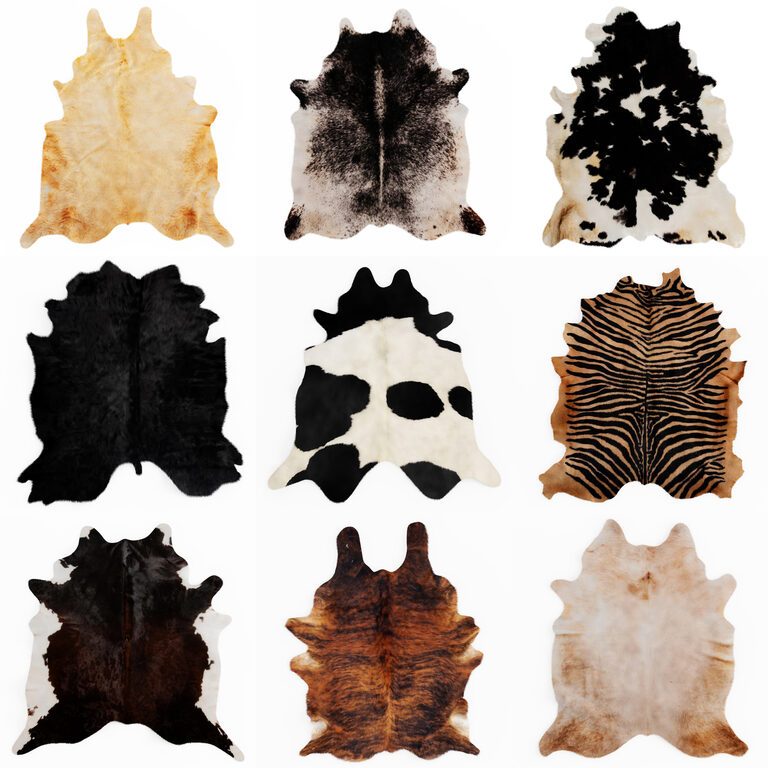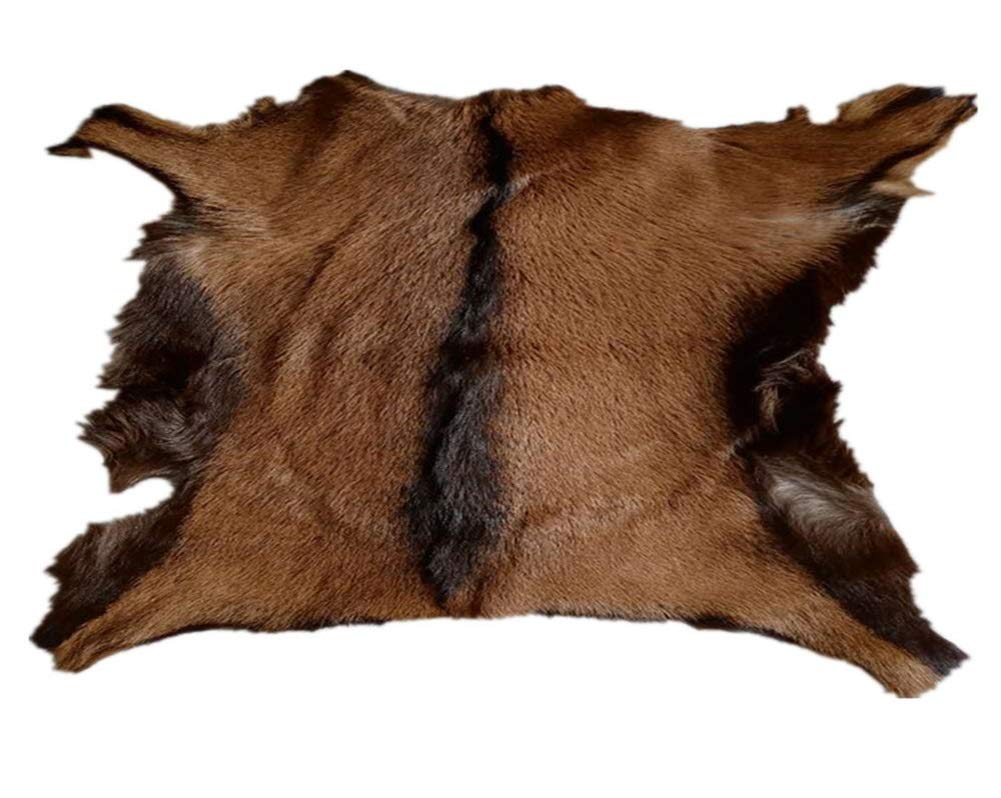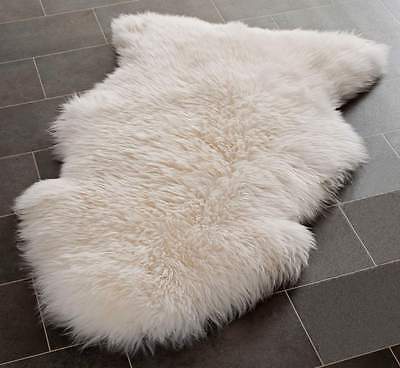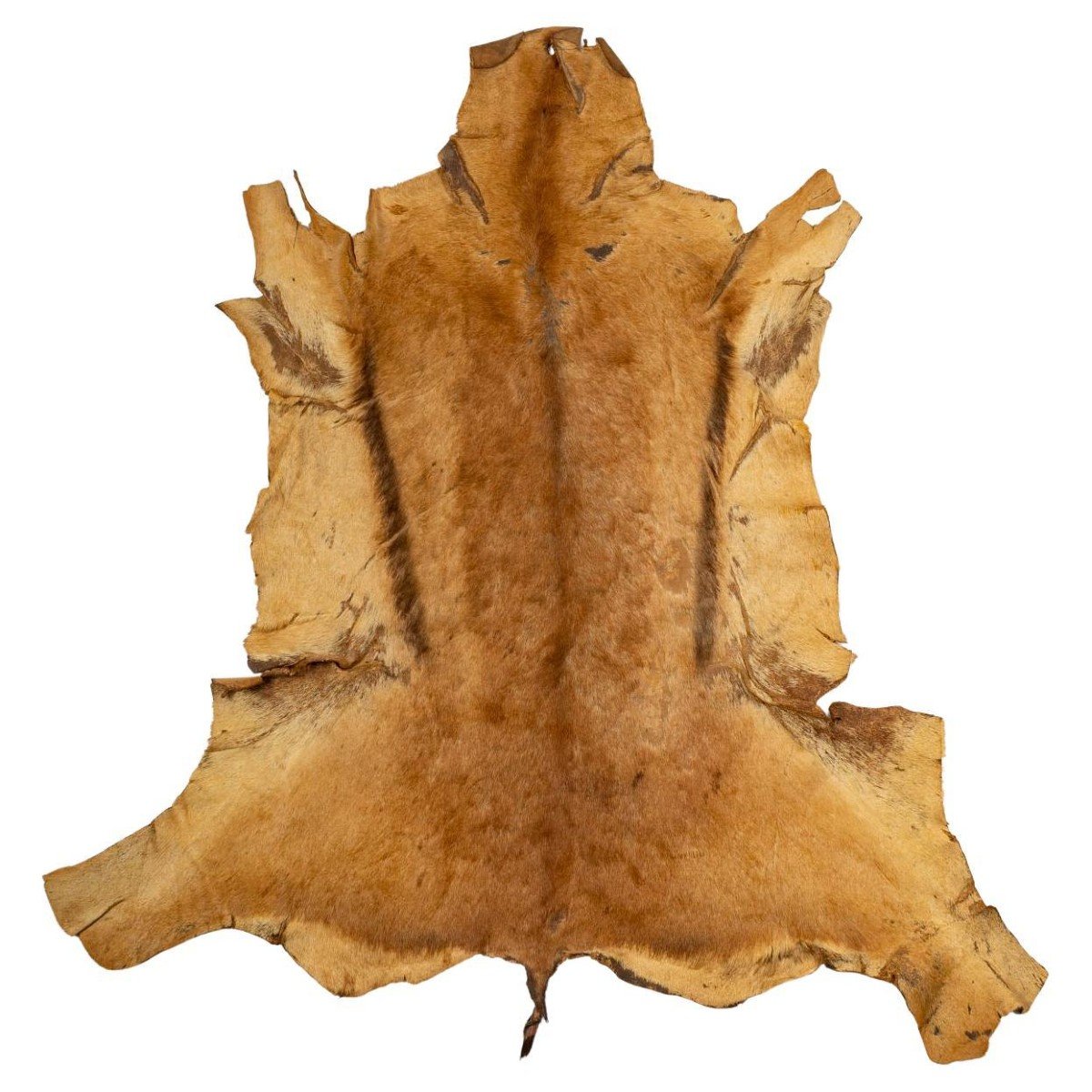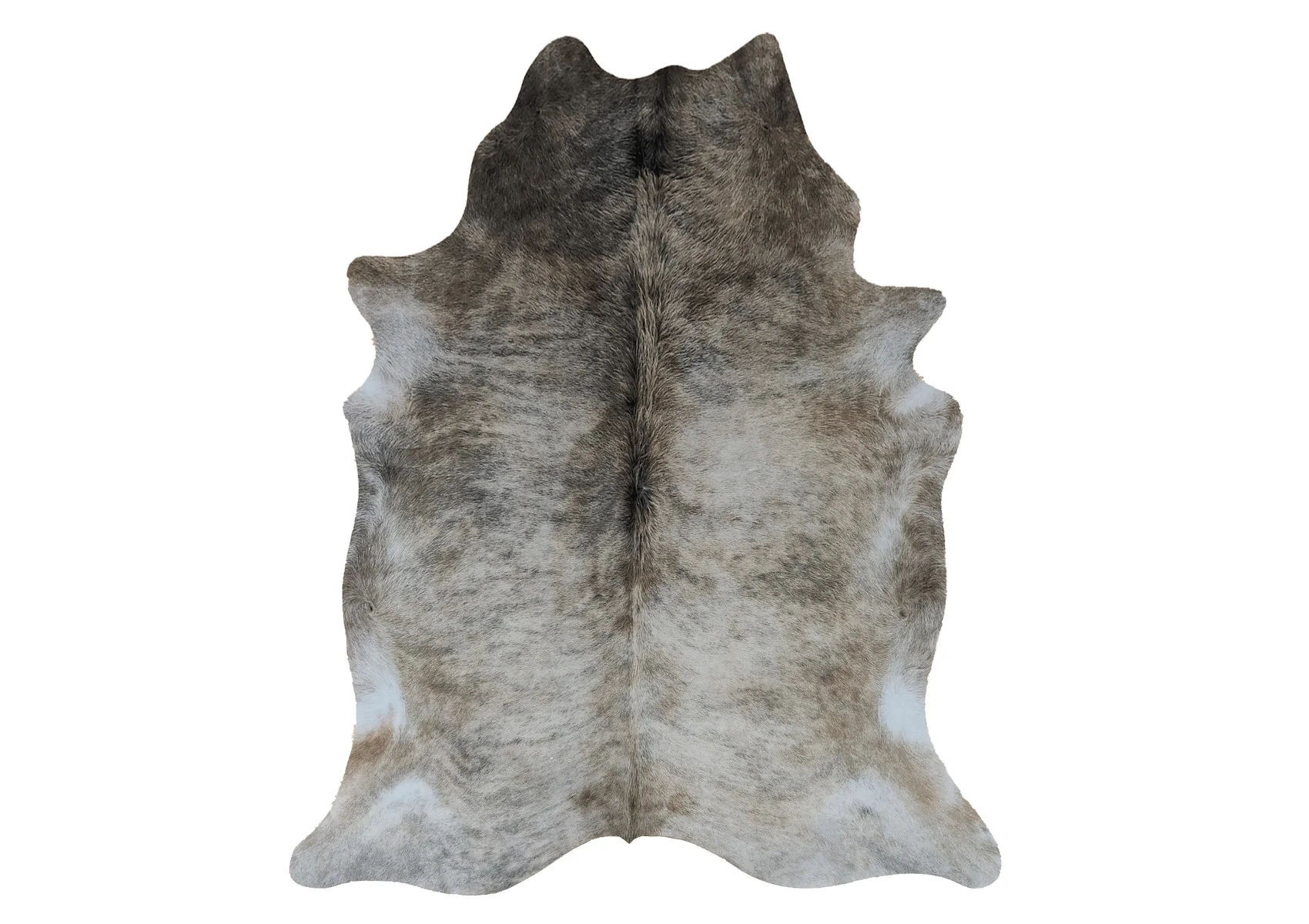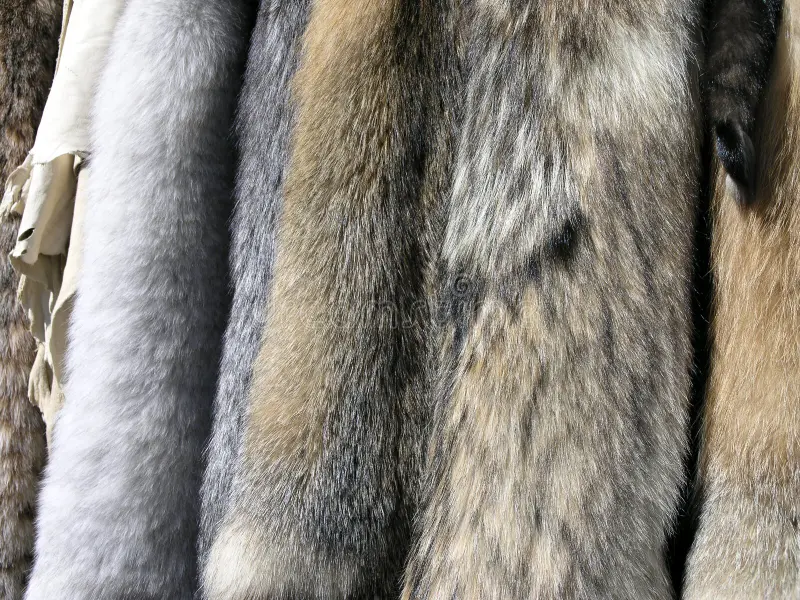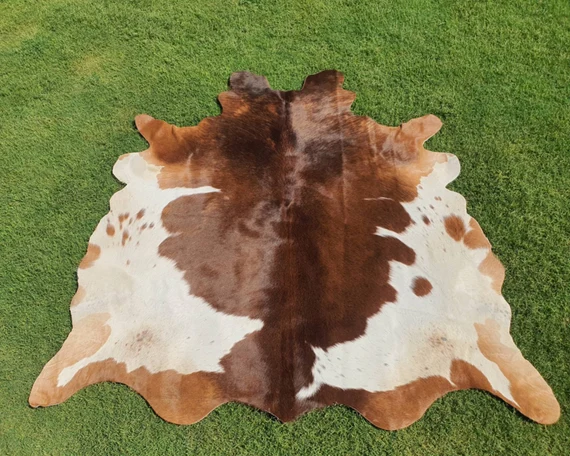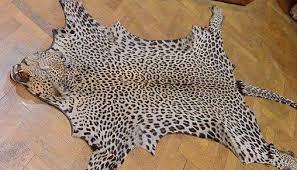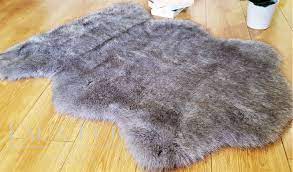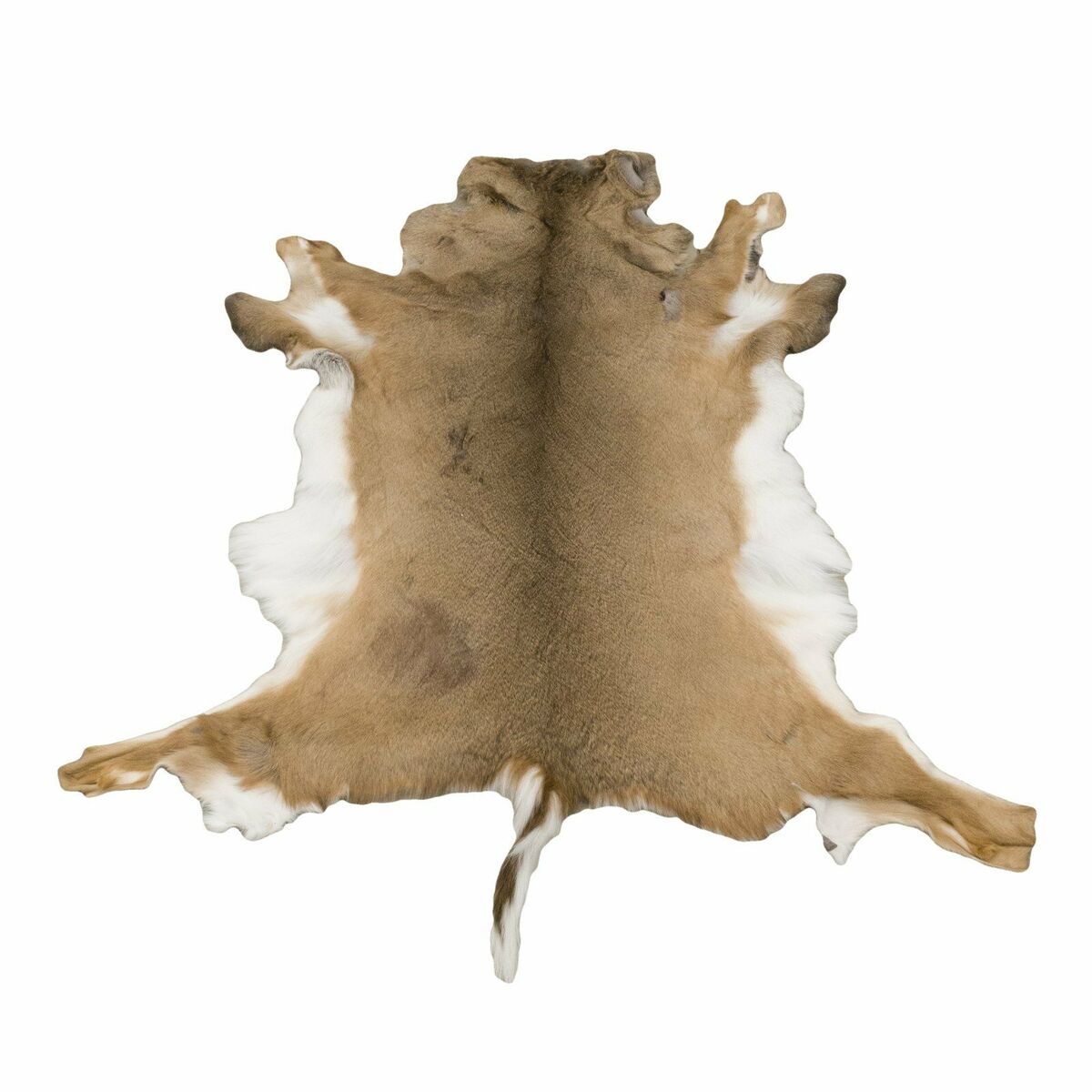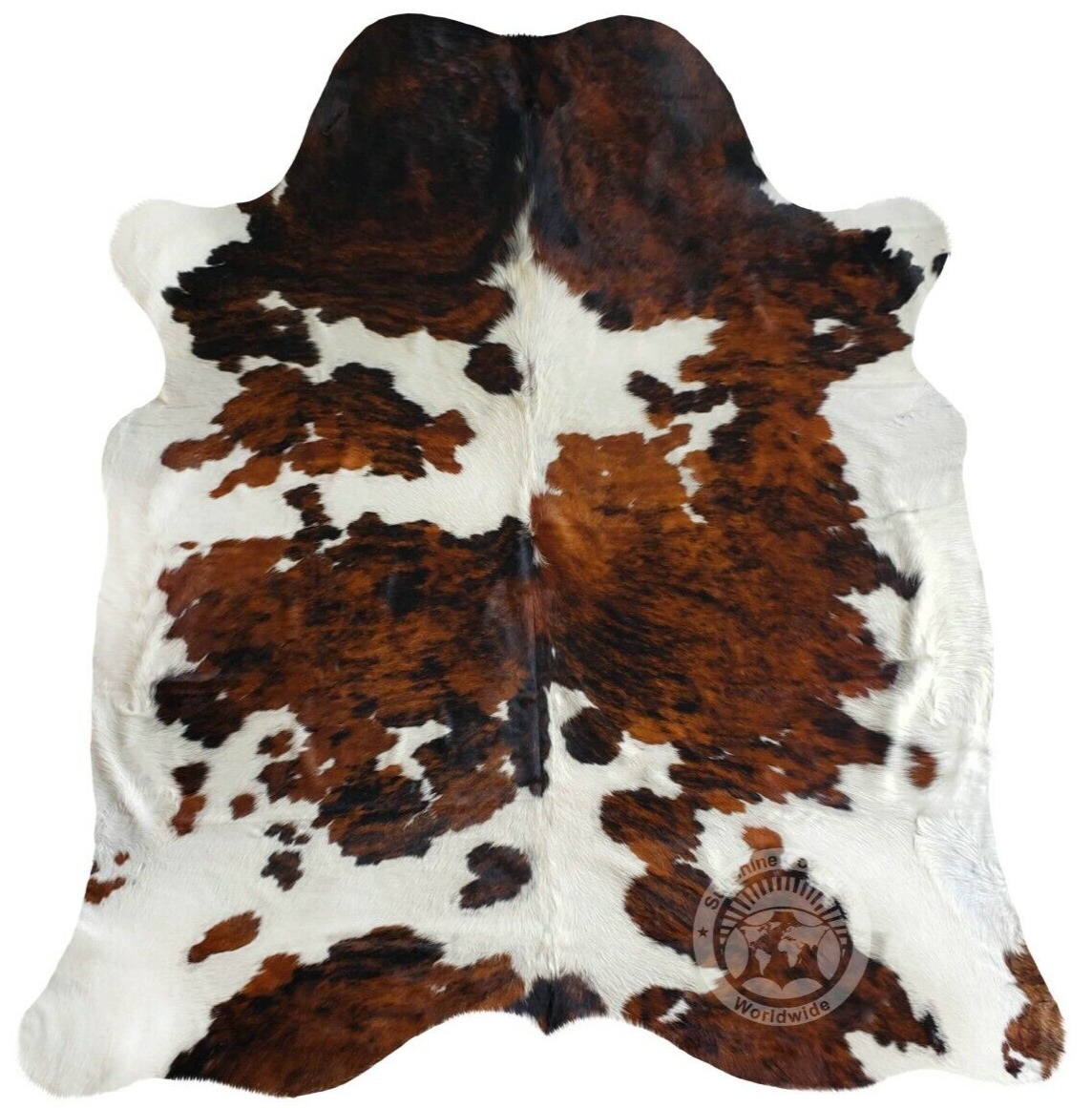Description
Hides, often referring to the skins of large animals, have played a crucial role in human civilization for millennia. These natural materials have been used for various purposes, including clothing, shelter, and tools. Historically, hides were essential for survival in harsh climates, providing warmth and protection. The tanning process transforms raw hides into durable leather, a material that is not only functional but also prized for its aesthetic qualities. From the rugged appeal of distressed leather jackets to the luxurious feel of soft suede, hides can be found in countless fashion and industrial applications.
In contemporary society, the ethical considerations surrounding the use of animal hides have become increasingly significant. Many consumers are now seeking sustainable and cruelty-free alternatives, prompting a rise in synthetic materials that mimic the qualities of real leather. However, some argue that responsibly sourced hides can be part of a sustainable practice that utilizes the entire animal, thereby reducing waste. This creates a complex dialogue about conservation, animal rights, and the cultural significance of hides across various communities.
Additionally, hides have economic implications, especially in regions where livestock farming is a primary industry. The trade of animal hides can boost local economies and create jobs, from farmers to artisans who craft beautiful leather goods. However, it is essential to balance these economic benefits with environmental stewardship and ethical practices. As awareness grows about the impact of the hide industry, there is an opportunity for innovation in how we produce and consume leather products—leading to a future where both tradition and sustainability coexist.
